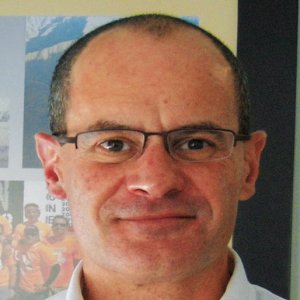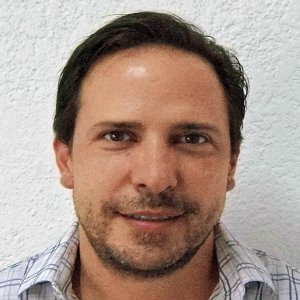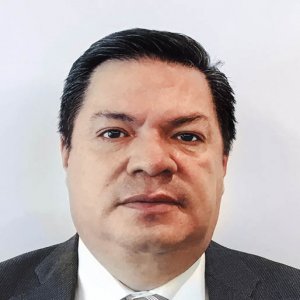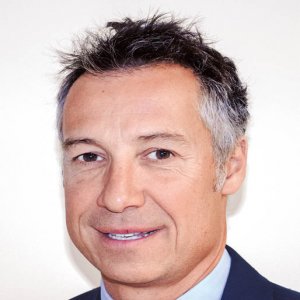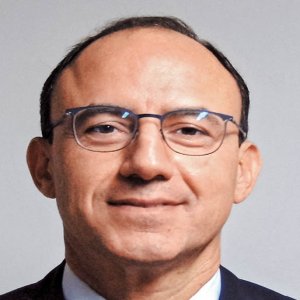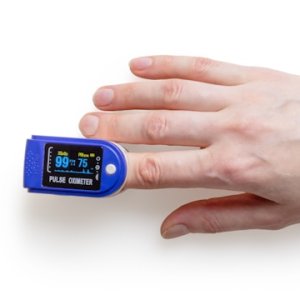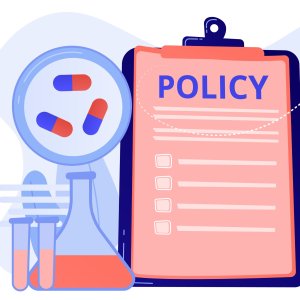Change in Focus for Medical Devices Giant

STORY INLINE POST
Q: There is a trend toward deregulation of medical devices in Mexico. How does this impact your operations?
A: This trend is good for us as long as it is done intelligently and efficiently. Regulation is a difficult topic because our industry is highly regulated in all parts of the world and it has to be protecting the population. However, it must also be efficient and not be an obstacle for the population to have access to the latest technology. A balance must be struck between protection and access and I believe COFEPRIS is working on this in an intelligent way. What is important is that COFEPRIS has maintained an open dialogue with the industry and we need to talk with them through our associations such as AMID and CANIFARMA. Serious companies want a regulated industry but regulation that is efficient enough to avoid being an obstacle.
Q: What growth has Siemens Healthineers seen in 2016? What were the main drivers of this?
A: In 2016, Siemens Healthineers Mexico had a good year considering the context. We had double-digit growth, so we can say that it was a good period in terms of revenue, as we had many orders pending from 2014/2015. In terms of new orders, we continued to grow but this slowed down and we ended 2016 with high-single digit growth. We gained market share and we grew above the market, but it was difficult because of the peso devaluation against the US dollar and public budgets being cut due to a drop in oil prices. However, it was stable thanks to the private market as it continued to invest despite the fact that the public market contracted.
Q: How has rebranding as Siemens Healthineers boosted Siemens’ image and operations? What benefits is it bringing to your operations and clients?
A: The new brand is just the final stage of a bigger process that began with the separation of the healthcare business into an independently managed business. The second step was the implementation of the new strategy. Then, a new structure, new business principles and corporate values and the introduction of the new brand came. The main benefit is that we have gained speed to react to client and market needs. Siemens is huge and diversified. Total revenue for health is €15 billion compared to over €80 billion for Siemens as a whole. In addition, there are many synergies and similarities between the other parts of the business, although not for healthcare. We can now take strategic decisions faster. If we want to make an M&A decision, take a new strategy or create new products we no longer need to refer back to Siemens. The brand name is to give us a specific identity. Not everyone understands the meaning at first but Healthineers expresses our engineering and pioneering background applied to the healthcare industry.
Q: In 2016 you reached agreements with hospitals in Turkey. To what extent is Siemens interested in agreements with hospitals in Mexico?
A: We absolutely are. At the same time as continuing investment in new products and R&D, we want to expand our business into new services related to our products. That is the final goal: to be the enabler or facilitator of healthcare providers, enabling them to perform better with higher output and lower costs. We are not looking for any specific types of hospitals but it would have to be at least a midsized hospital as this is not the type of project that could be implemented with a small hospital.
Q: In February 2017 Siemens announced a US$200 million investment for the next 10 years in Mexico. How much of this is going to healthcare?
A: A small part of it will go to health. There are factories and development centers related to the other businesses but it would be difficult to have local production for health. The typical example is magnetic resonance, as the annual Mexican market is probably for around 20-25 systems. This is not mass production, these are high technology products and manufacturing is concentrated in one or two places across the world. This is why healthcare will only receive a small part of the US$200 million because most of it will go to plants.
